- Home
-
PDF SEWING PATTERNS
-
SEW BETTER BAGS
- IN PERSON CLASSES
-
MY FAVORITE SEWING TOOLS
-
AMAZON SEWING TOOLS PICKS
- BAGMAKING SUPPLY GUIDE
-
BAGMAKING WITH SALLIE TOMATO
- AFFILIATE DISCLOSURE
-
-
BLOG
-
WORK WITH ME
-
FREEBIES
-
CONTACT ME
- CONTACT ME
-
MEET AMANDA
-
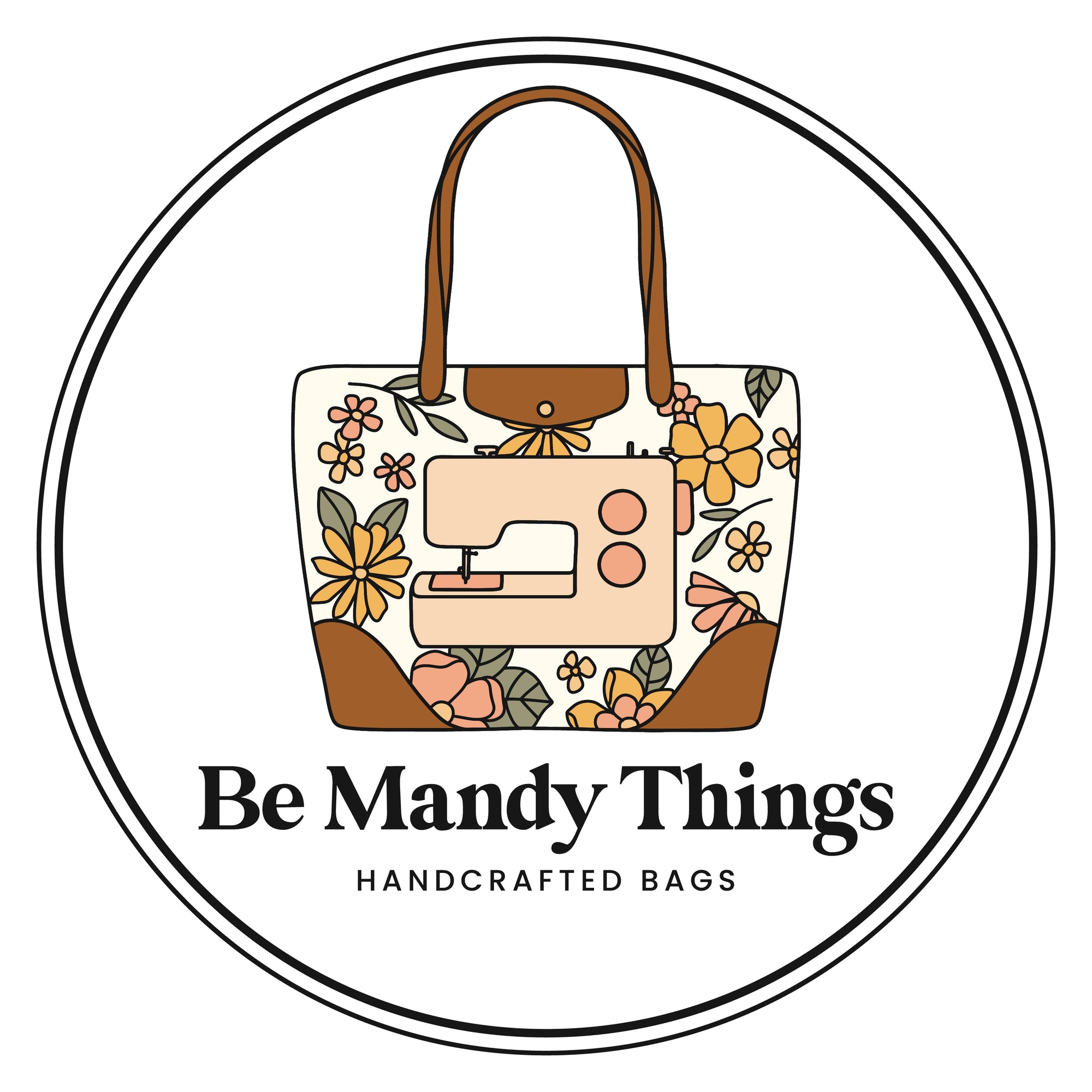









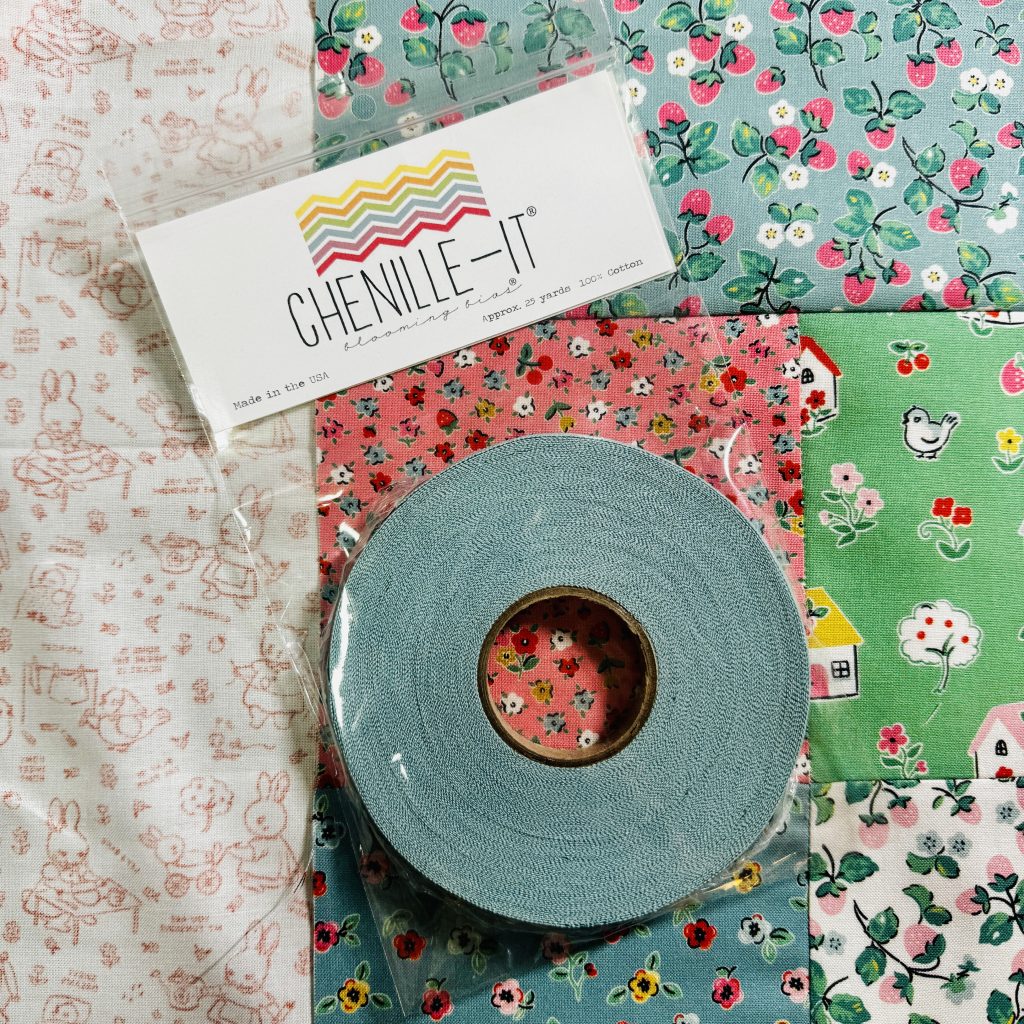
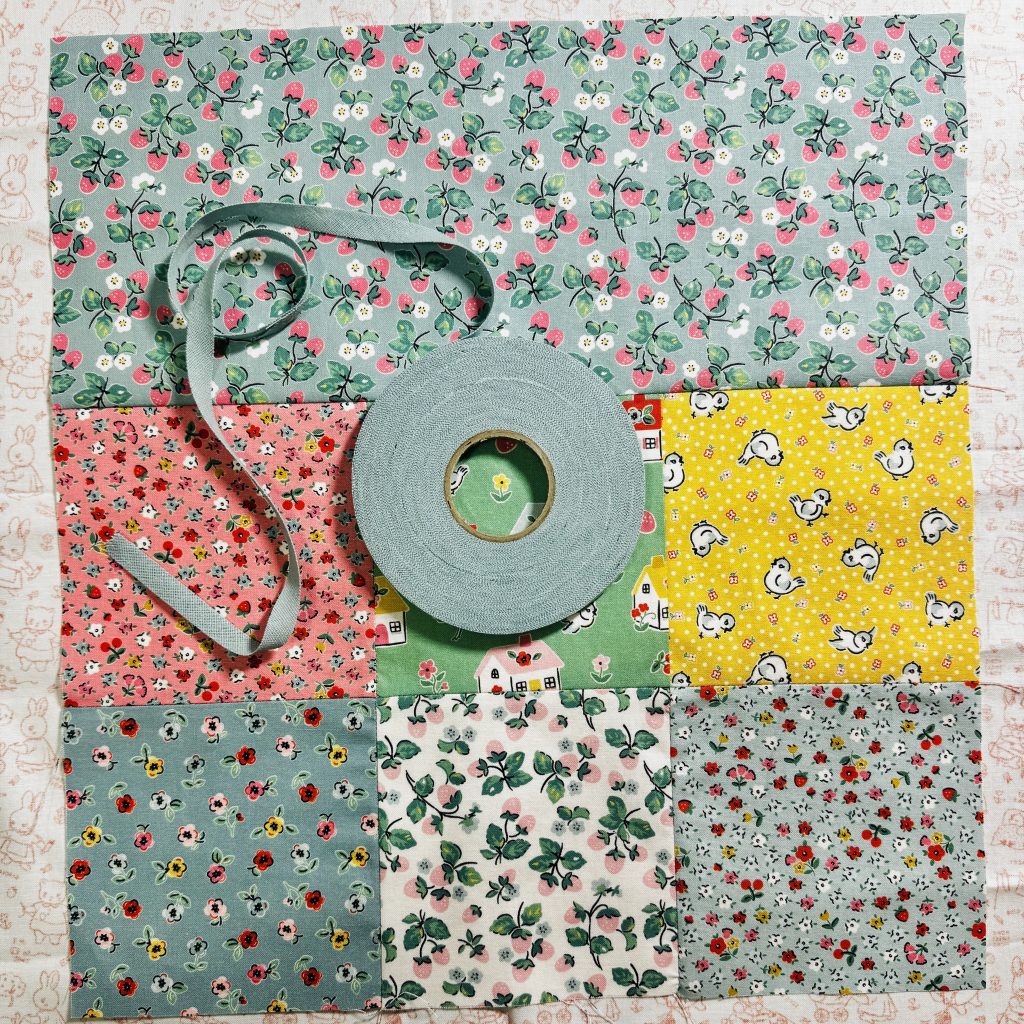

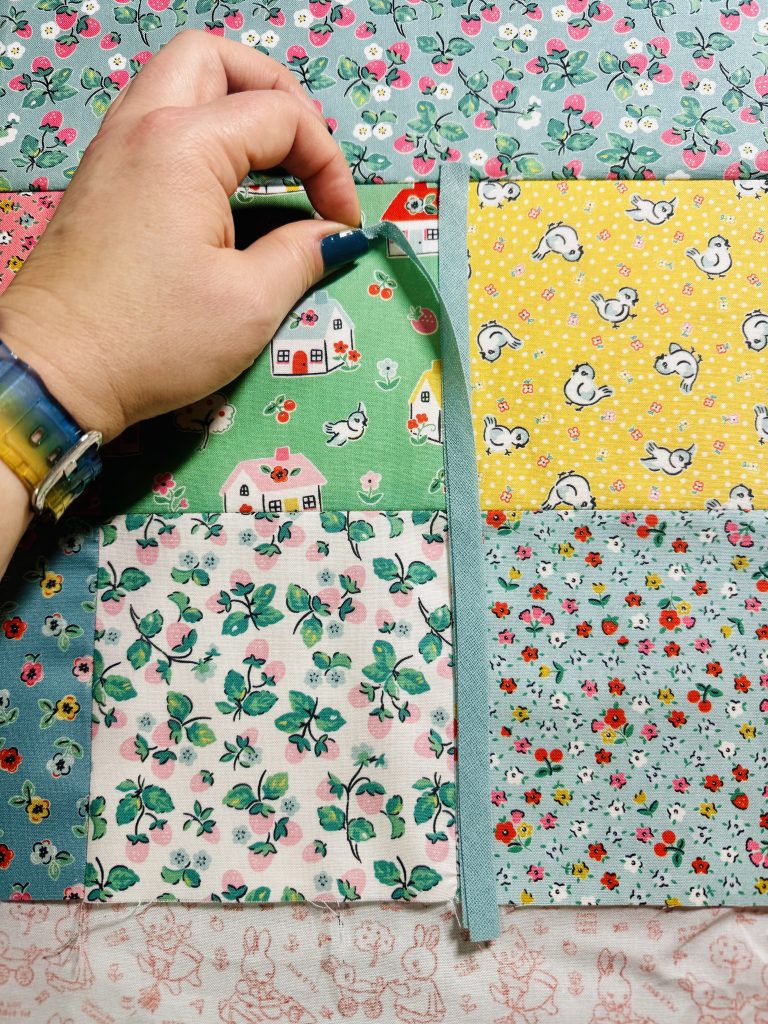
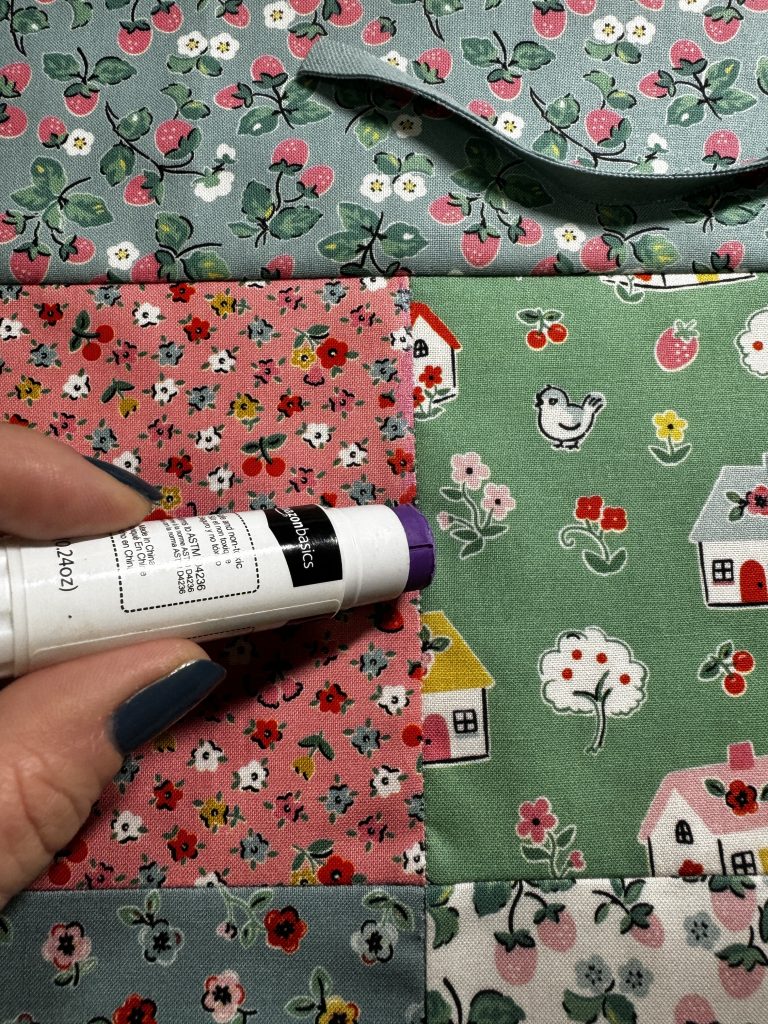
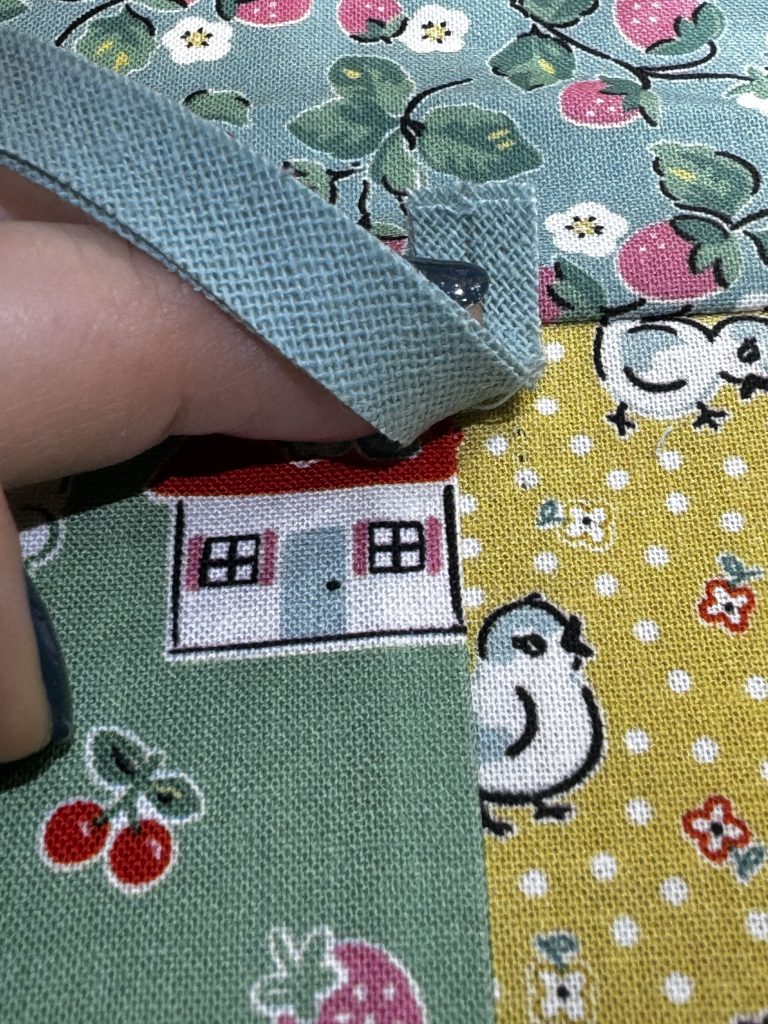
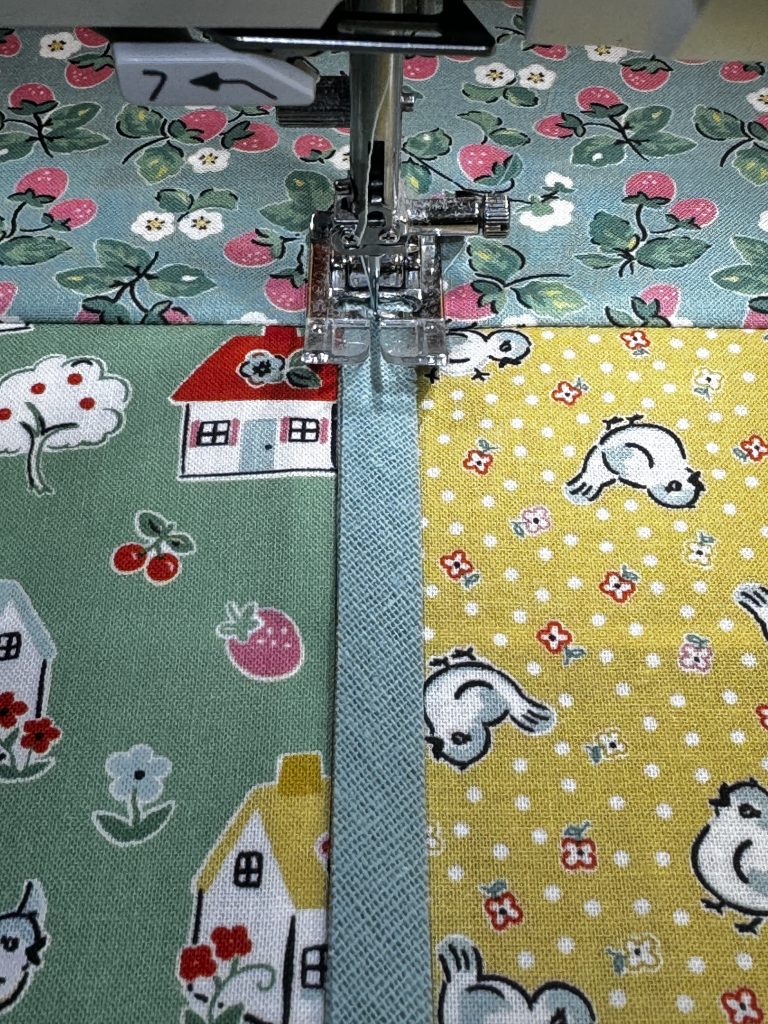
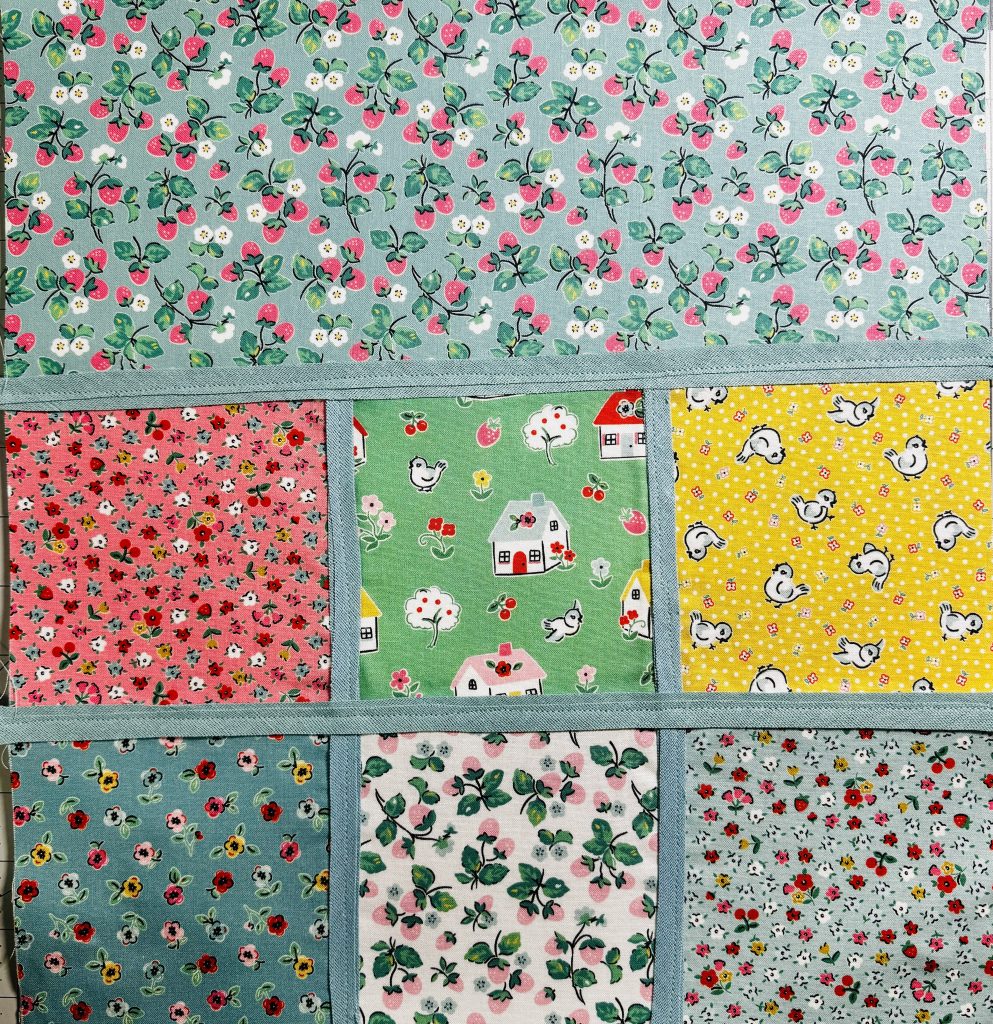
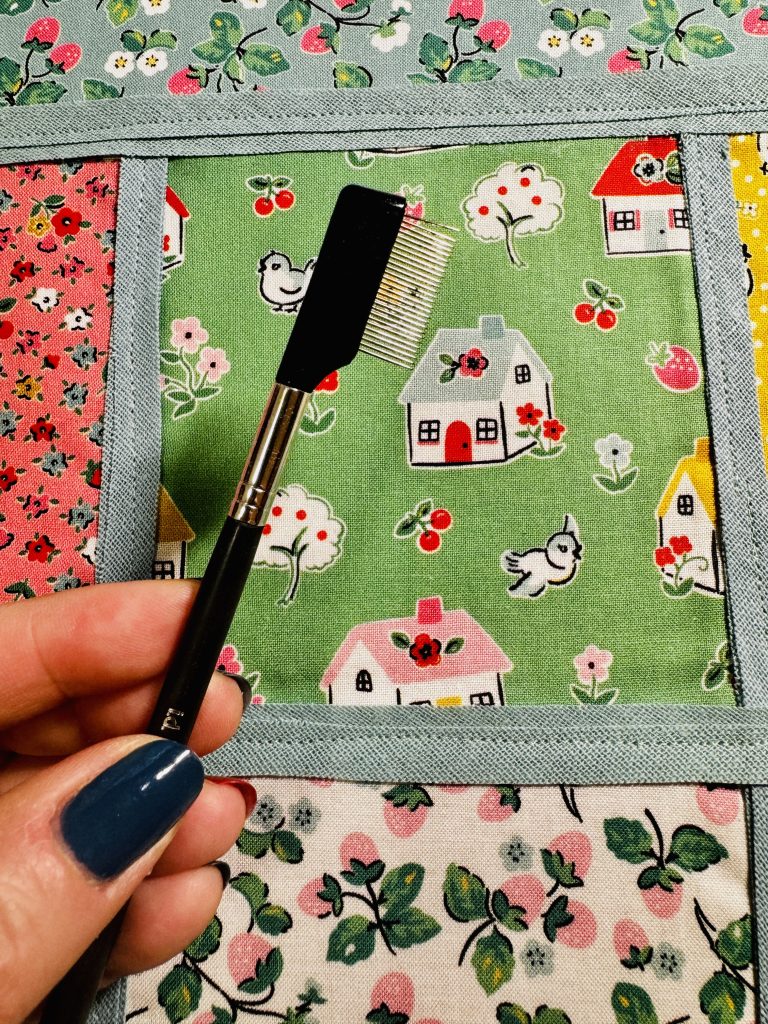
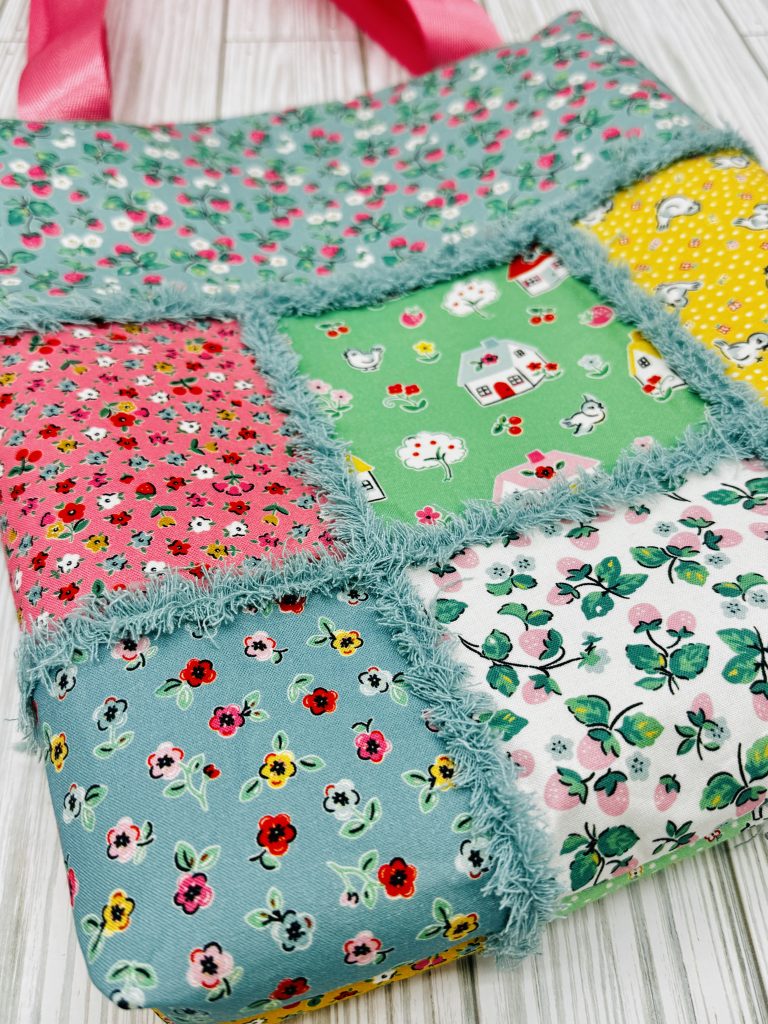
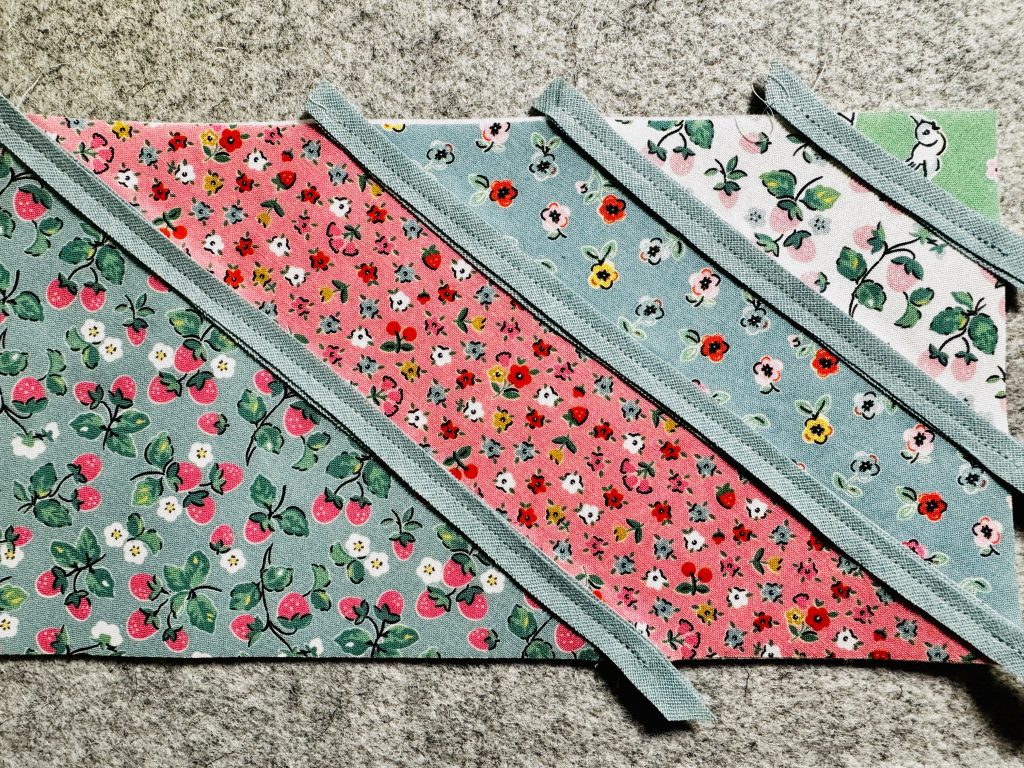
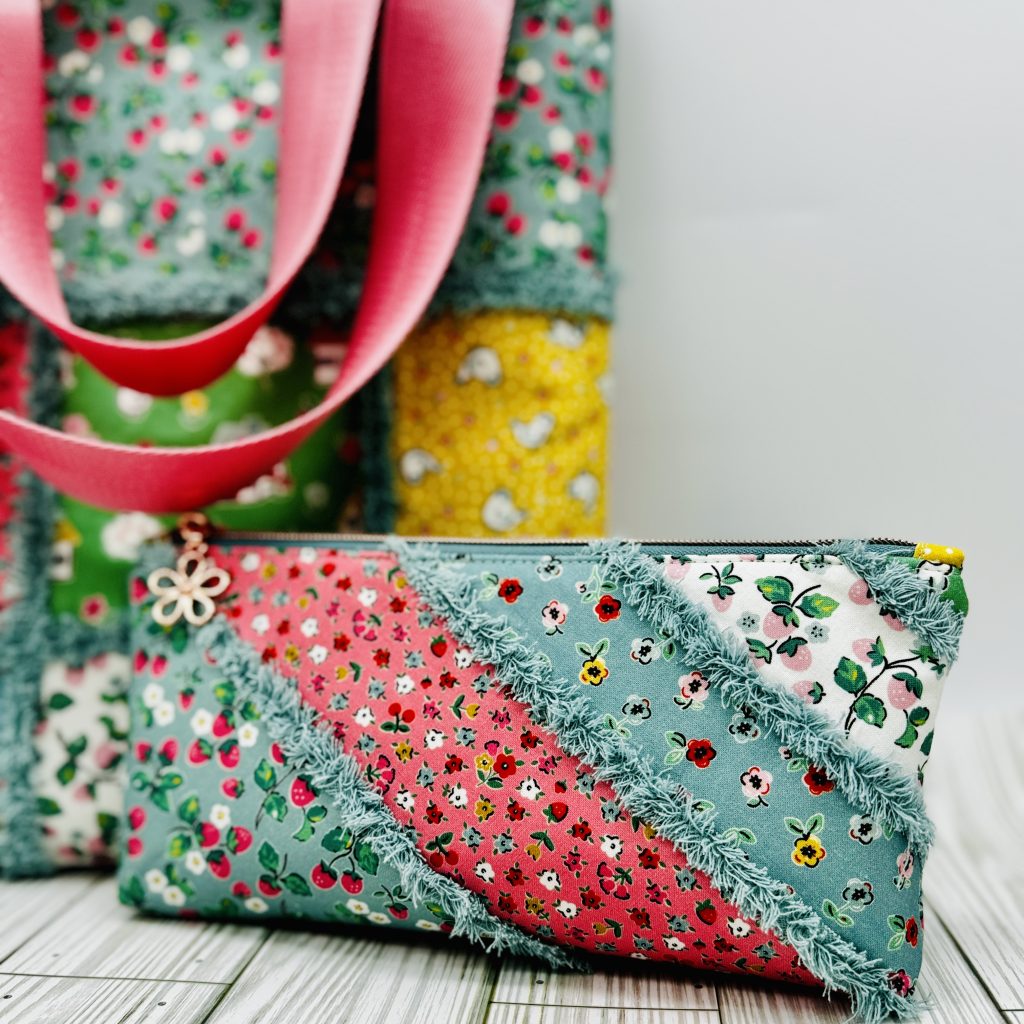
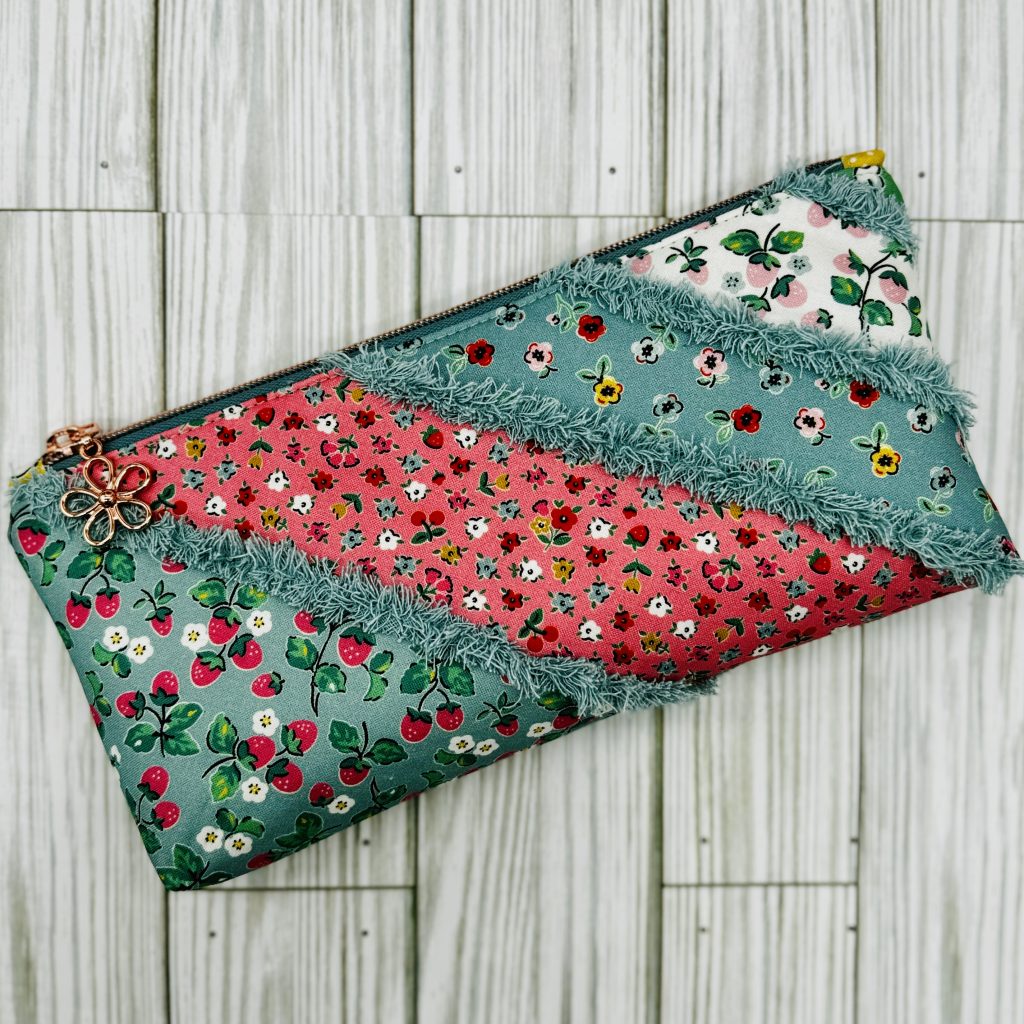

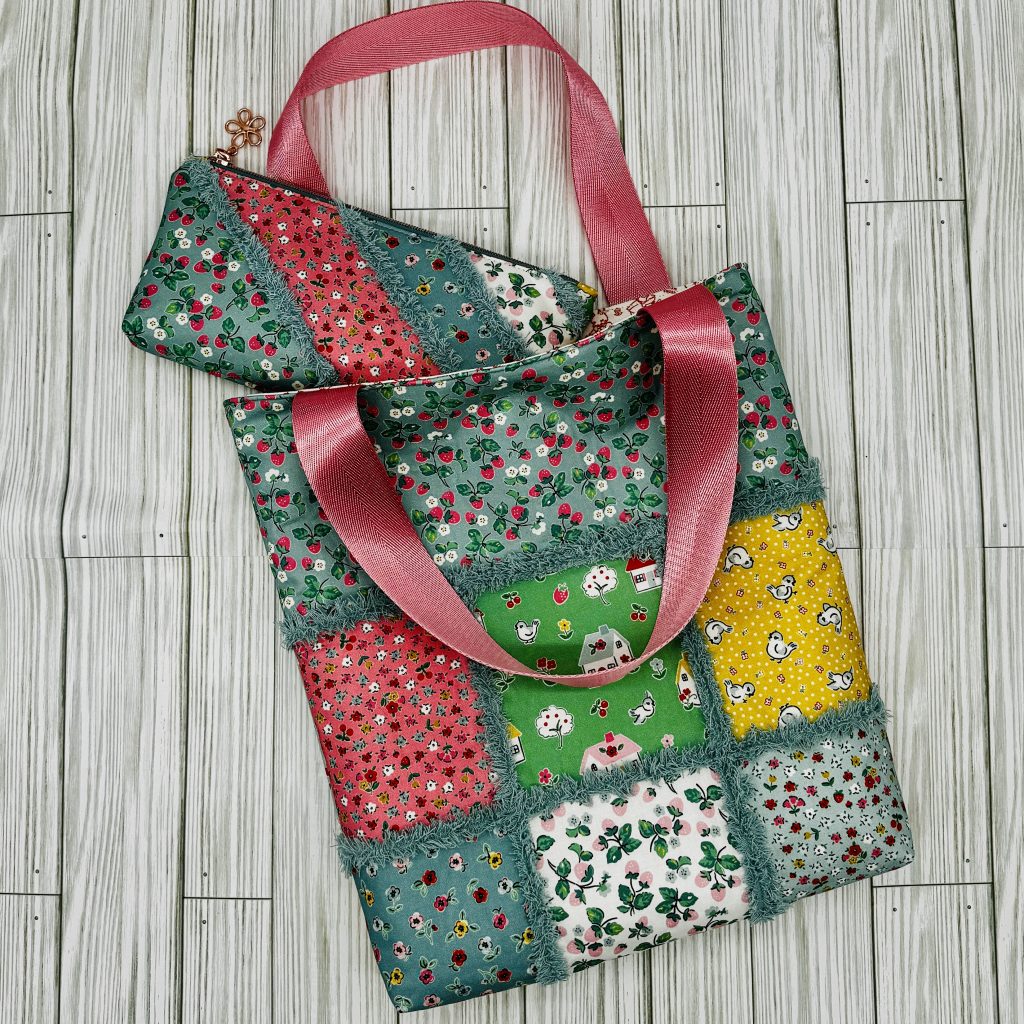


 Mix & Match
Mix & Match  Reversible Placemats
Reversible Placemats  Same Top/Bottom
Same Top/Bottom New to sewing? You might also love my
New to sewing? You might also love my  14" Tall
14" Tall  19" Wide
19" Wide This collection includes a border stripe, which I used to cut 4 placemats. PRO TIP!!! Pay VERY careful attention to fabric direction when cutting measurements, remember 19" WIDE by 14" TALL.
This collection includes a border stripe, which I used to cut 4 placemats. PRO TIP!!! Pay VERY careful attention to fabric direction when cutting measurements, remember 19" WIDE by 14" TALL. Let's take a minute to talk about different types you can use. Depending on what look you are going for when completed will be determined by the type of interfacing you use. I have made many placemats, and I really like the finished look and feel of Pellon 911F. It's not too fluffy, not too rigid, and gives the placemat some structure without being stiff. Choose what works best for you.
Let's take a minute to talk about different types you can use. Depending on what look you are going for when completed will be determined by the type of interfacing you use. I have made many placemats, and I really like the finished look and feel of Pellon 911F. It's not too fluffy, not too rigid, and gives the placemat some structure without being stiff. Choose what works best for you.  PRO TIP! Make sure if interfacing is fusible, bumpy side is up (ask me how I know), this is the glue side that will adhere to the fabric.
PRO TIP! Make sure if interfacing is fusible, bumpy side is up (ask me how I know), this is the glue side that will adhere to the fabric. Place a top and bottom piece right sides together (RST).
Place a top and bottom piece right sides together (RST).  I place 4 fingers on a side, and mark above and below for the opening. You will not be sewing over this section, so make sure you pay attention to your marks, or you will sew the placemat completely shut and not be able to turn it out.
I place 4 fingers on a side, and mark above and below for the opening. You will not be sewing over this section, so make sure you pay attention to your marks, or you will sew the placemat completely shut and not be able to turn it out.  Pin or clip around the outer edges of the placemat, just to keep the edges lined up until you get it to your sewing machine.
Pin or clip around the outer edges of the placemat, just to keep the edges lined up until you get it to your sewing machine.  Once you have the placemat at your sewing machine, start sewing at the bottom of the opening mark, using a 1/2" seam allowance (SA), making sure to backstitch a few times. Make sure you did not sew closed your opening!
Once you have the placemat at your sewing machine, start sewing at the bottom of the opening mark, using a 1/2" seam allowance (SA), making sure to backstitch a few times. Make sure you did not sew closed your opening! 

 PRO TIP!! At the opening, you will cut away some of the seam allowance. This will create a tab, that will be folded in once you turn out the placemat, and helps for a smooth, straight edge of the finished placemat.
PRO TIP!! At the opening, you will cut away some of the seam allowance. This will create a tab, that will be folded in once you turn out the placemat, and helps for a smooth, straight edge of the finished placemat. If it helps, draw a line like I did here as a guide for how to cut into the seam allowance. I like to live on the edge, and I use my rotary cutter, but I've also done this many times with placemats and bagmaking. If you're nervous, draw the line, and use scissors to cut away seam allowance.
If it helps, draw a line like I did here as a guide for how to cut into the seam allowance. I like to live on the edge, and I use my rotary cutter, but I've also done this many times with placemats and bagmaking. If you're nervous, draw the line, and use scissors to cut away seam allowance.
 You will end up with a "tab" which will make it easy to insert the seam allowance into the hole after it is turned out, making for a smooth, straight closing.
You will end up with a "tab" which will make it easy to insert the seam allowance into the hole after it is turned out, making for a smooth, straight closing.  Cut away the seam allowance from the four corners, taking care not to cut into the seam.
Cut away the seam allowance from the four corners, taking care not to cut into the seam.
 Reach your hand in to an opposite corner, grab hold and pull placemat inside out.
Reach your hand in to an opposite corner, grab hold and pull placemat inside out. 
 Pop out the corners with a sharp tool, but do not poke a hole in the corners.
Pop out the corners with a sharp tool, but do not poke a hole in the corners. 
 Once completely turned, with corners poked out, roll the edges of the seams with your fingers to help flatten before taking to the iron to press. PRO TIP! Another reason the seam allowance is 1/2" is to help with rolling the seams to make them flat. I've sewed these using 1/4" SA, as well as 3/8" SA, and it is a struggle to get perfectly flat seams. This is why I like the 1/2" SA.
Once completely turned, with corners poked out, roll the edges of the seams with your fingers to help flatten before taking to the iron to press. PRO TIP! Another reason the seam allowance is 1/2" is to help with rolling the seams to make them flat. I've sewed these using 1/4" SA, as well as 3/8" SA, and it is a struggle to get perfectly flat seams. This is why I like the 1/2" SA. Also, finger press the extra seam allowance at the opening to help keep it inside before pressing.
Also, finger press the extra seam allowance at the opening to help keep it inside before pressing.  Press placemat to flatten seams, as well as opening.
Press placemat to flatten seams, as well as opening.
 Topstitch 1/8" from edge
Topstitch 1/8" from edge Topstitch 1/2" away from previous 1/4" stitch line
Topstitch 1/2" away from previous 1/4" stitch line Final showing all 3 topstitch lines
Final showing all 3 topstitch lines


